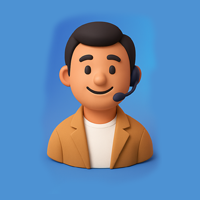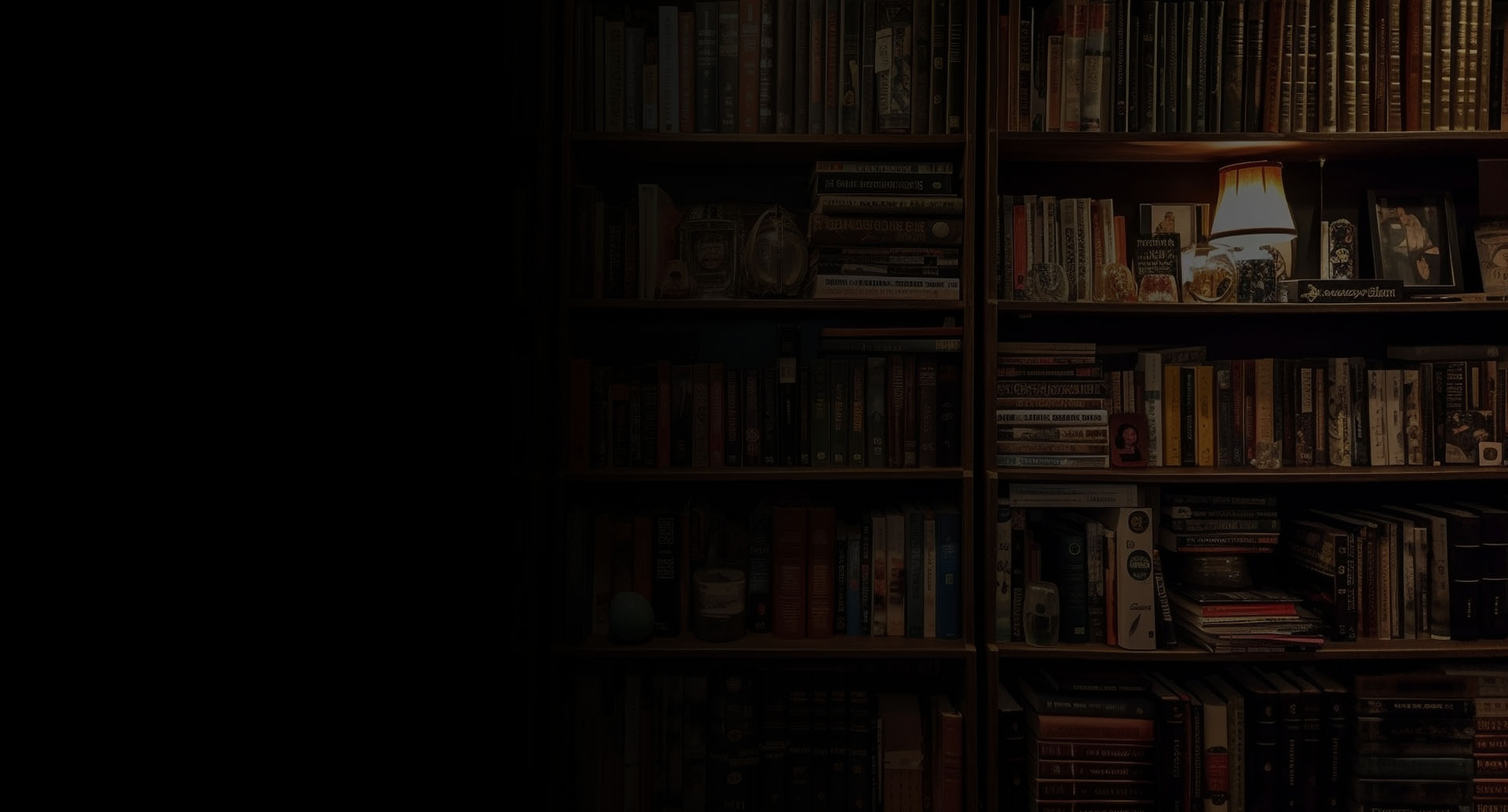
There’s something magical about opening a book and getting lost in its world. But have you ever wondered about the real stories behind those books? The late-night writing sessions, the moments of doubt, the unexpected breaks, and the sheer determination that turned a simple idea into a bestselling masterpiece?
Every author bestseller you see on the shelves started as a glimmer of inspiration—an idea that refused to fade away. But the journey from that first spark to a published book is rarely a straight line. It’s filled with twists, turns, and lessons that shape not just the book, but the author themselves.
In this post, we’re diving into the publishing success stories of real authors; people who faced rejection, pushed through self-doubt, and made bold choices to bring their stories to life. These aren’t just tales of fame and fortune; they’re stories of grit, creativity, and the relentless pursuit of a dream.
If you’ve ever dreamed of seeing your name on a book cover, this is for you. And if you’re ready to take the first step, Fleck Publisher is here to help turn your ideas into a reality.
The Spark That Started It All
Every publishing success story begins with an idea. But not every idea turns into a bestseller. So, what makes the difference?
For J.K. Rowling, it was a delayed train ride in 1990 when the idea of Harry Potter first popped into her mind. She didn’t have a pen, so she spent hours just thinking about this boy wizard, his world, and his adventures. That idea grew into a series that sold over 500 million copies worldwide.
But here’s the thing: Rowling didn’t just have a great idea, she nurtured it. She wrote in cafes, faced countless rejections, and even battled depression. Yet, she kept going because she believed in her story.
Then there’s Stephenie Meyer, who had a dream about a vampire and a human girl in love. That dream became Twilight, a series that sparked a global phenomenon. Meyer didn’t set out to write a bestseller; she just wrote a story she was passionate about.
The lesson? Great ideas come from everywhere, but it’s the authors who believe in them and work on them relentlessly who turn them into author bestsellers.
The Reality of Rejection and Persistence
Let’s talk about rejection. It’s a word no author wants to hear, but it’s a reality almost every successful writer has faced.
Stephen King’s Carrie was rejected 30 times before it found a publisher. King was so discouraged that he threw the manuscript in the trash. His wife, Tabitha, fished it out and encouraged him to keep trying. Today, Carrie is a classic, and King is one of the most successful authors in history.
Then there’s Madeleine L’Engle, whose A Wrinkle in Time was rejected 26 times before it was published. She later won the Newbery Medal for the book, which has sold millions of copies.
Rejection isn’t the end—it’s often just the beginning. The authors who succeed are the ones who keep going, even when the world tells them to stop.
Traditional vs. Self-Publishing
One of the biggest decisions an author faces is how to publish their book. Do they go the traditional route, or do they take control and self-publish?
Traditional Publishing Success:
Take Delia Owens, whose debut novel Where the Crawdads Sing became a massive hit. Owens spent years writing and revising her book before it was picked up by a publisher. The novel spent over a year on the New York Times bestseller list and was adapted into a film. Owens’ story shows that traditional publishing can still launch author bestsellers when the stars align.
Self-Publishing Success:
On the other hand, Andy Weir self-published The Martian as a serial on his blog before it became a bestseller. When readers started demanding a full book, Weir published it on Amazon, where it gained a cult following. Eventually, a traditional publisher picked it up, and the rest is history. Weir’s journey proves that self-publishing can be a powerful launchpad for success.
Then there’s Amelia Hutchins, who self-published her Fae Chronicles series and built a dedicated fanbase through social media and word-of-mouth. Her books have sold millions of copies, showing that authors don’t need a traditional deal to find success.
The key takeaway? There’s no one “right” path. What matters is choosing the route that aligns with your goals, your story, and your audience.
The Role of Marketing
Writing a great book is only half the battle. The other half? Getting it into the hands of readers.
Colleen Hoover is a master of this. She started by self-publishing her books and used social media, book blogs, and word-of-mouth to build her audience. Today, she’s one of the most successful authors in the world, with multiple author bestsellers under her belt.
Then there’s Mark Dawson, who turned his self-published thrillers into a full-time career by leveraging Facebook ads, email lists, and smart pricing strategies. Dawson didn’t wait for readers to find him—he went out and found them.
Even traditionally published authors like Paulo Coelho understand the power of marketing. Coelho’s The Alchemist was initially a slow seller, but he never stopped promoting it. He traveled, gave talks, and connected with readers personally. Today, it’s one of the bestselling books of all time.
The lesson? Marketing isn’t optional, it’s essential. Whether you’re self-published or traditionally published, you need a plan to reach your readers and make your book visible.
Real Authors, Real Lessons: What You Can Learn from Their Journeys
Let’s look at a few more publishing success stories and the practical lessons they offer:
1. Rupi Kaur – Milk and Honey
Kaur started by sharing her poetry on Instagram, where it resonated with millions. When she self-published Milk and Honey, it became an instant bestseller. Her story shows the power of social media and authenticity in building an audience.
Lesson: You don’t need a big publisher to find success. Start where you are, use the tools you have, and connect with your audience directly.
2. James Clear – Atomic Habits
Clear spent years building an audience through his blog and newsletter, where he shared actionable advice on habits and productivity. By the time Atomic Habits was published, he already had a dedicated fanbase eager to buy it.
Lesson: Build your audience before your book launches. A strong platform can turn a good book into a bestseller.
3. E.L. James – Fifty Shades of Grey
James started by writing Fifty Shades as Twilight fan fiction. When she decided to publish it, she took a risk and self-published the book. The rest is history, it became a global phenomenon, proving that sometimes, the biggest risks lead to the biggest rewards.
Lesson: Don’t be afraid to take chances. Your unique story might be exactly what readers are looking for.
Your Story Starts Now
Every author bestseller began with a single idea and the courage to see it through. The authors we’ve talked about didn’t become successful overnight—they worked hard, made smart choices, and never gave up on their dreams.
If you have a story to tell, now is the time to start. Whether you’re writing your first draft or ready to publish, remember that your publishing success stories are waiting to be written.

